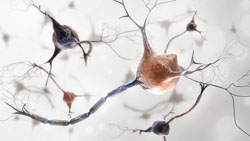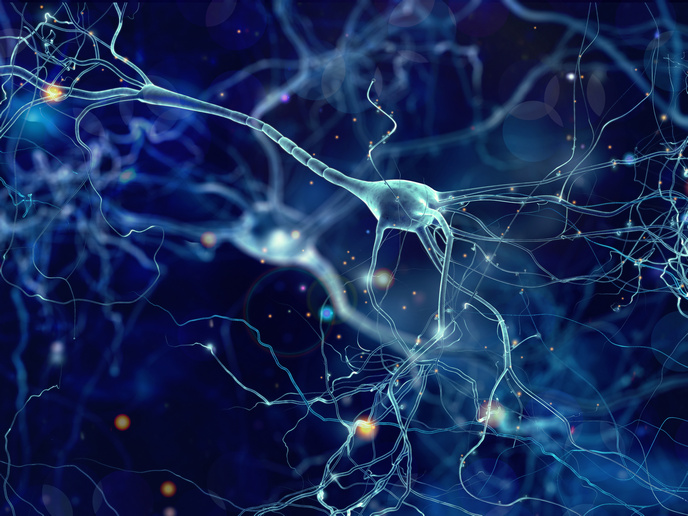Mouse genetics uncover synaptic function complexity
The nervous system controls body function and transports its information through transmission of signals across specialised junctions found in neurons, known as chemical synapses. When a nerve impulse arrives at the synapse, it releases neurotransmitters that influence another cell, in either an inhibitory or excitatory way. Signal transmission occurs through glutamate receptors which are located on the membrane of neuronal cells and determine the function of synaptic transmission. These receptors are also implicated in a number of neurological diseases. The EU-funded 'From molecules to networks: understanding synaptic physiology and pathology of the brain through mouse models' (Eusynapse) project brought together leading scientists to analyse the molecular mechanisms behind synaptic processing. The consortium used mouse mutants to alter the expression of various synaptic proteins and study their role in synaptic transmission in neurological disease. Novel methods and tools were used to study how trafficking of glutamate receptors affect synaptic function and may contribute to pathogenesis. Project results indicated that these receptors are important in signal transmission regulation and can serve as targets for therapeutic intervention. Additionally, the consortium developed software that allowed the three-dimensional (3D) construction of neural networks and modelling of brain function. The Eusynapse project provided invaluable basic knowledge on synapse regulation in many parts of the brain and how dysfunction contributes to neurological disease. This information alongside the novel tools developed in this study will contribute to the discovery of therapeutic interventions for synapsis-related diseases.







